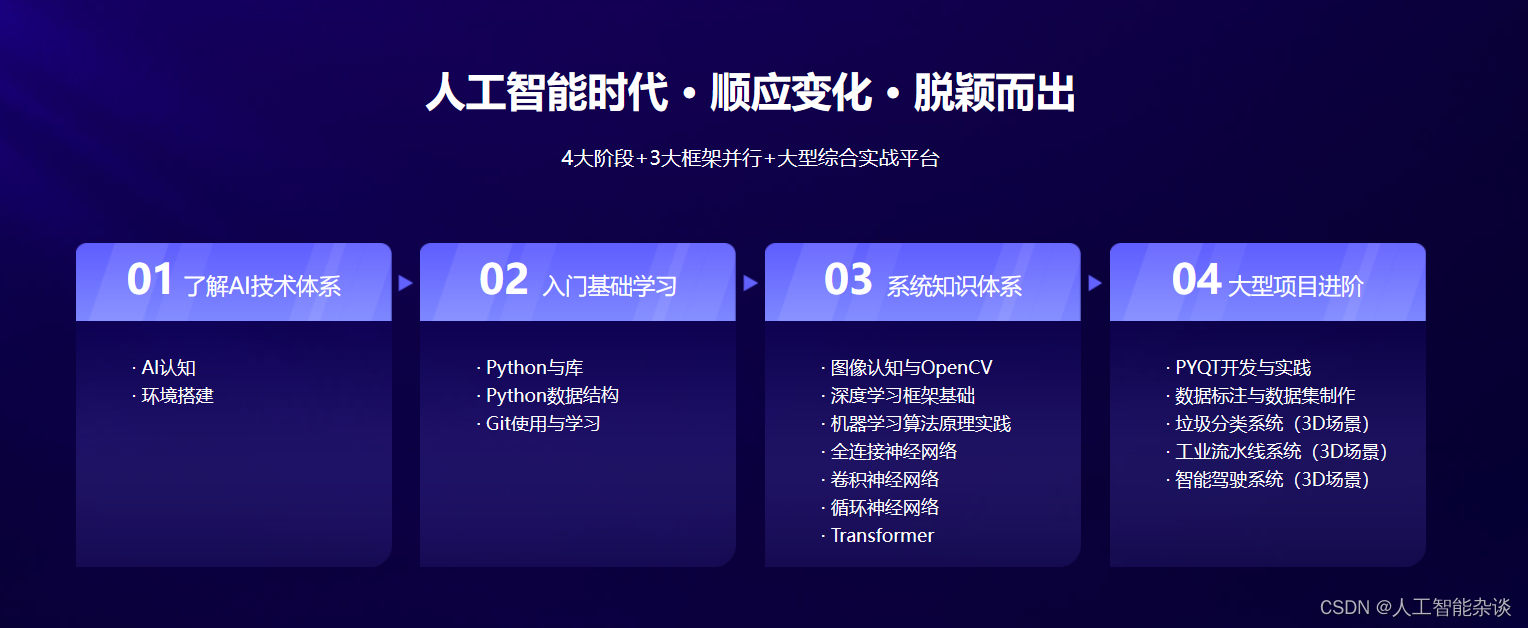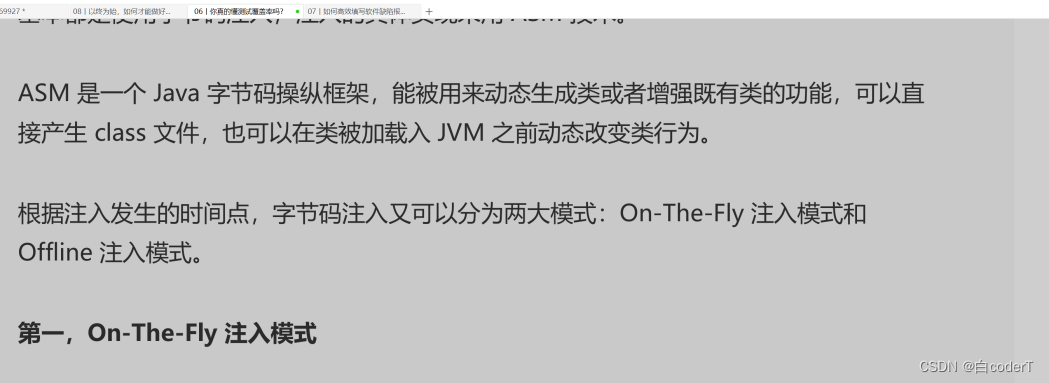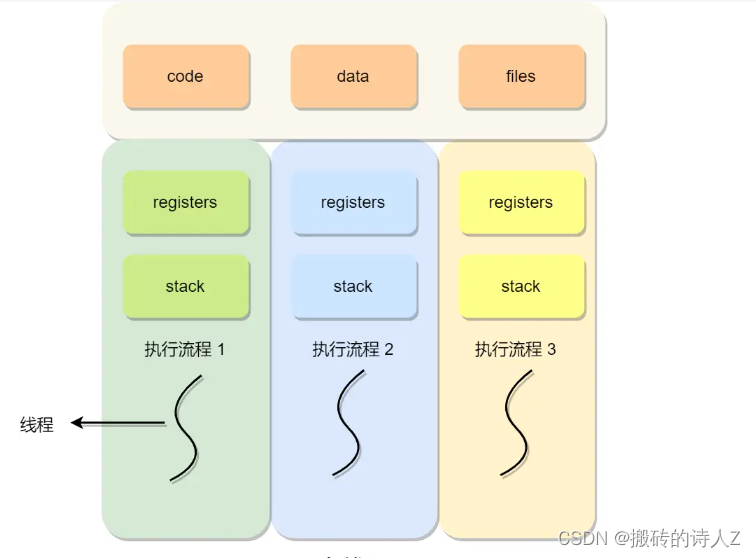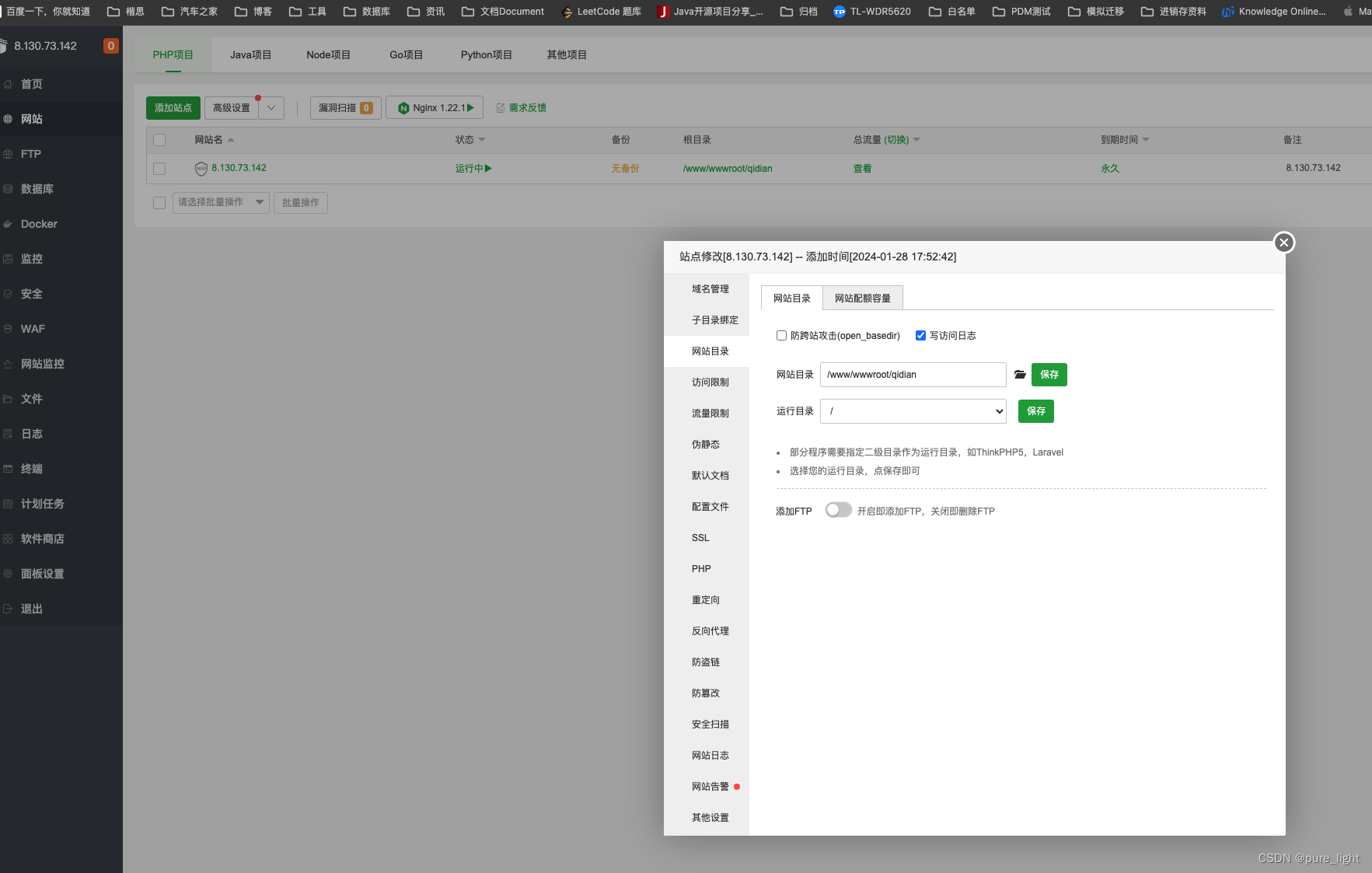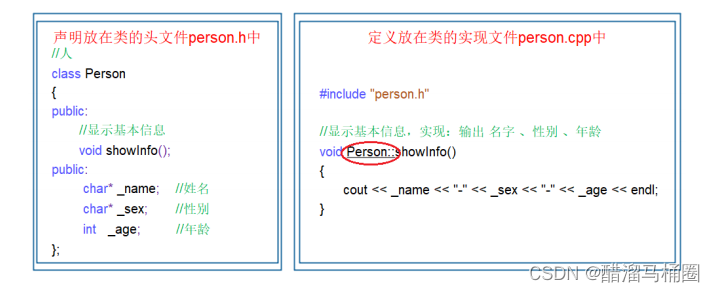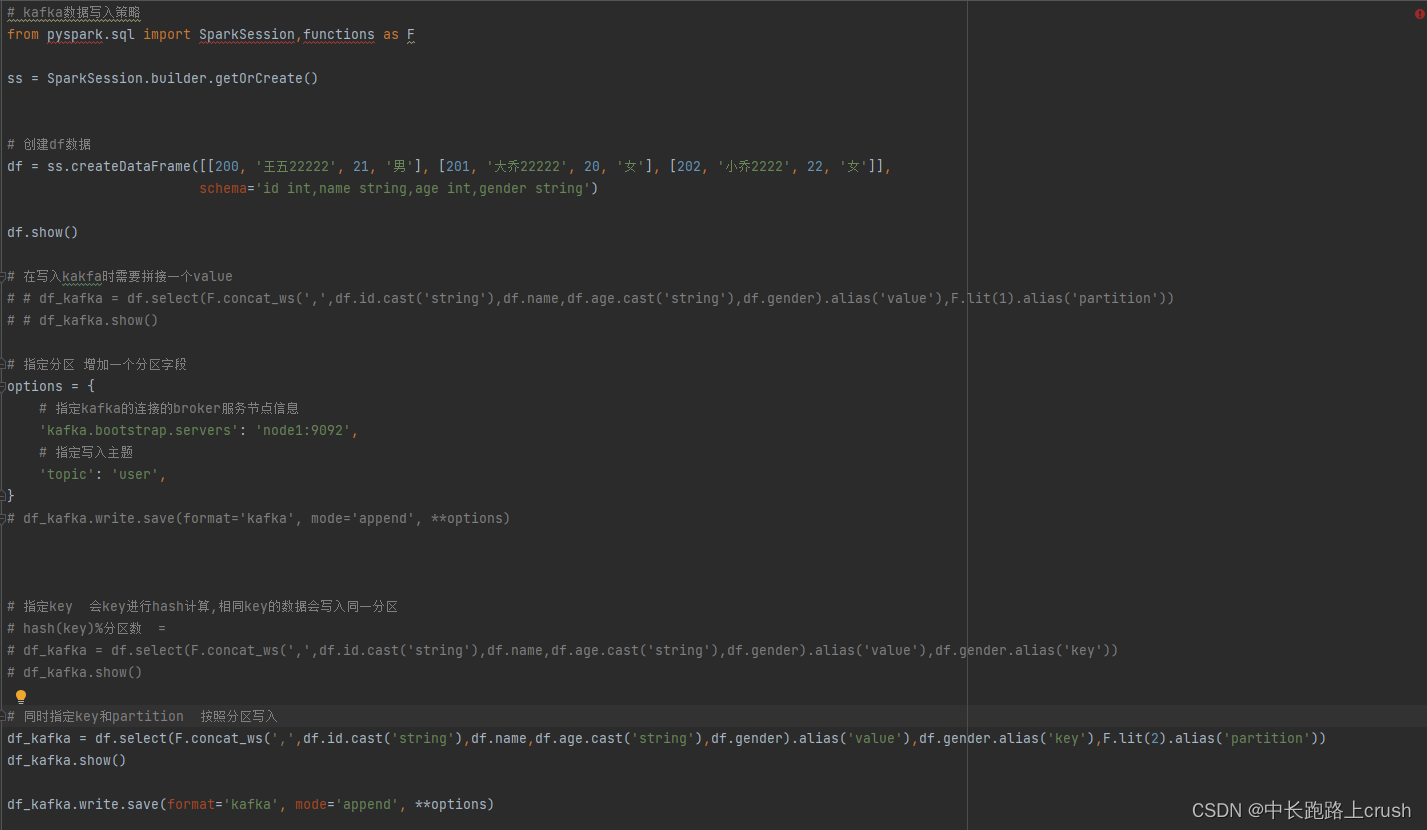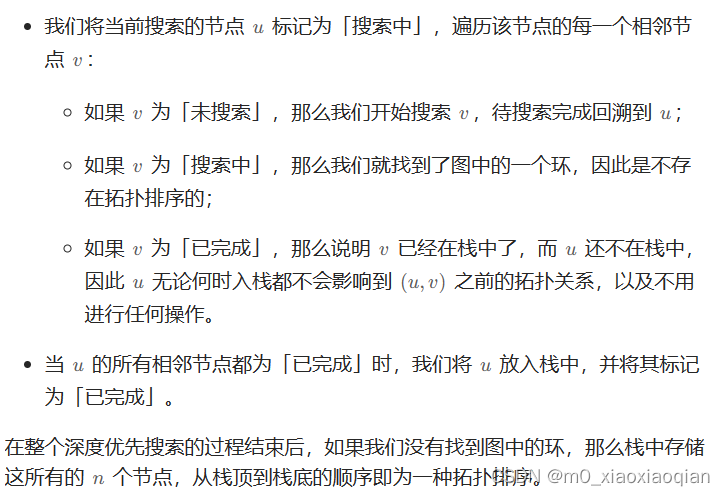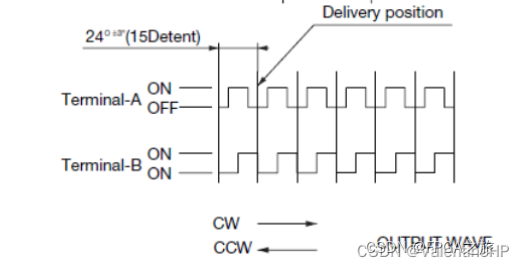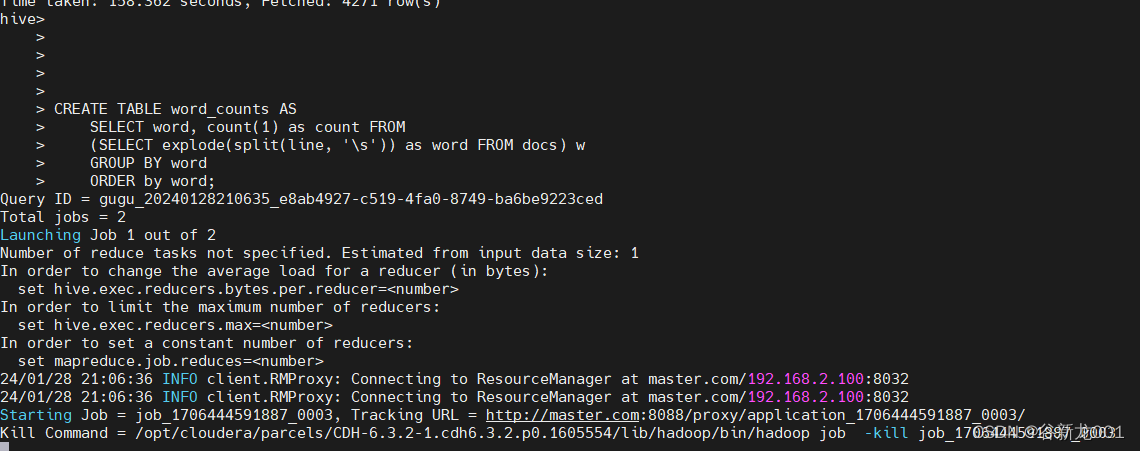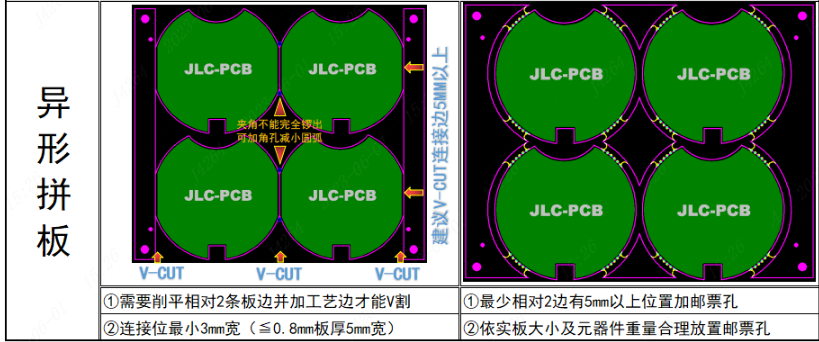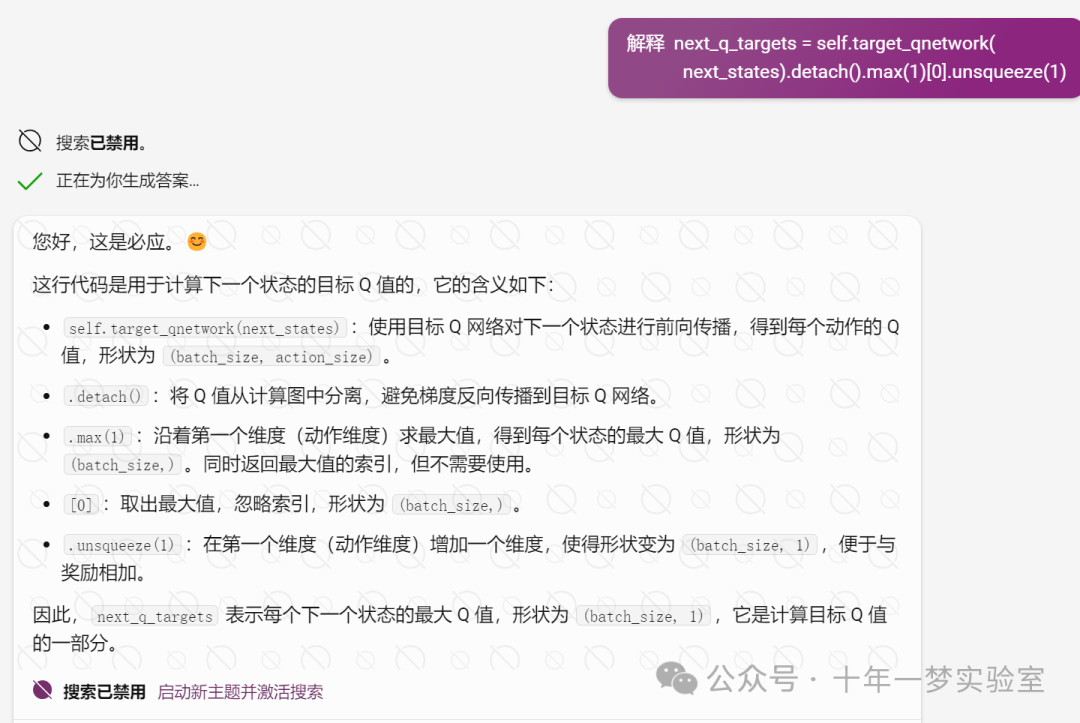一、PageHelper
PageHelper 是一个用于在 MyBatis 中进行分页查询的开源分页插件。它能够方便地帮助开发者处理分页查询的逻辑,简化代码,并提高开发效率。PageHelper 支持多种数据库,包括 MySQL、Oracle、PostgreSQL 等。
PageHelper 的实现,主要依赖于 ThreadLocal 和 Mybatis拦截器,它通过自定义拦截器,在执行 SQL 语句前后进行拦截和处理,实现分页的功能。
下面一起看下PageHelper 分页的实现逻辑。
二、PageHelper.startPage
PageHelper.startPage 主要会调用 PageMethod 中的 startPage 方法:
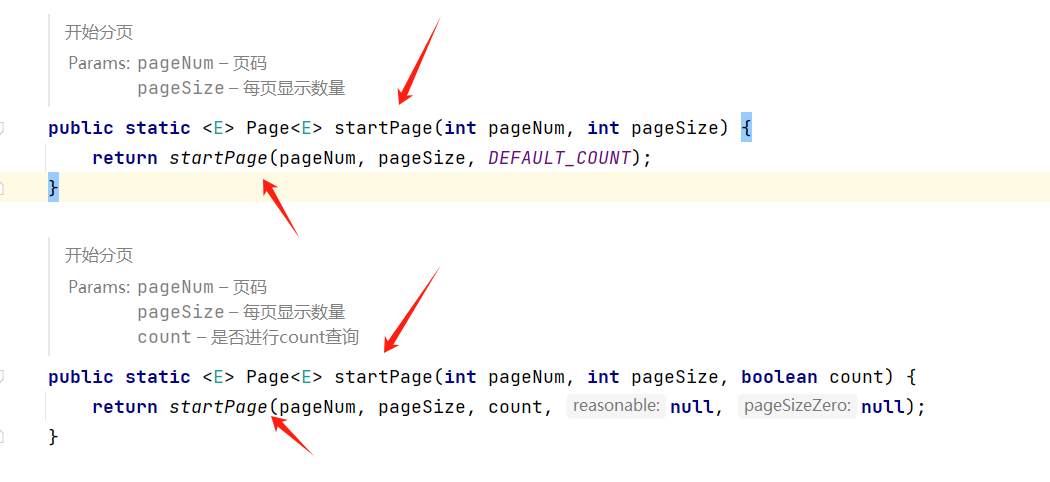
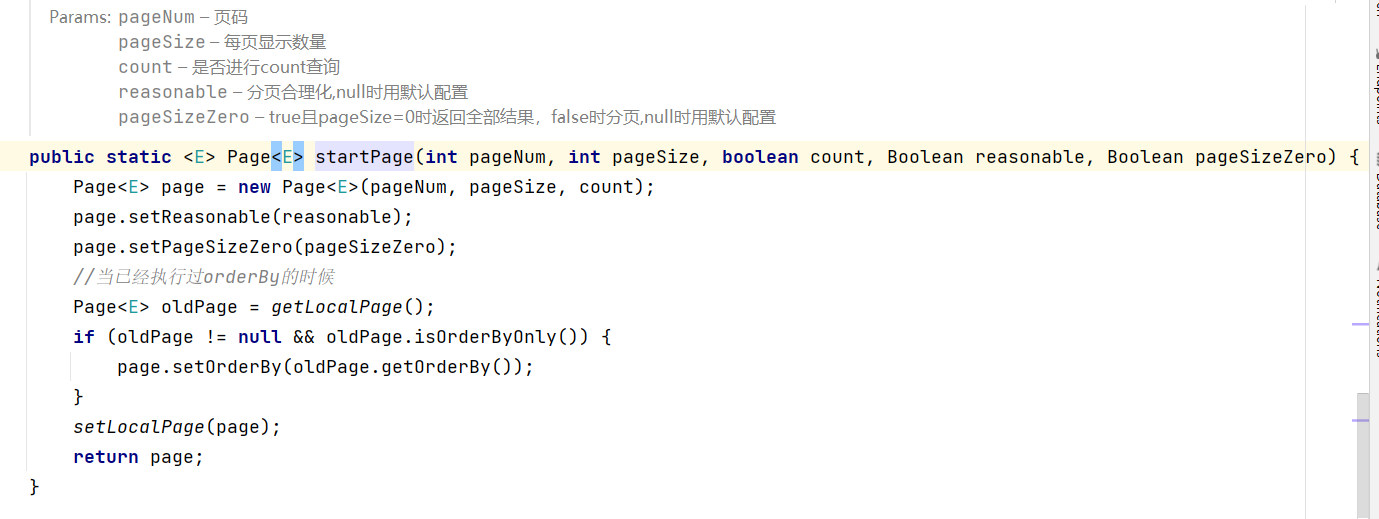
主要逻辑是通过 getLocalPage 和 setLocalPage 获取分页信息和设置分页信息,实际是利用的 ThreadLocal,可以从 getLocalPage 方法中看出:


其实 PageHelper.startPage 就是向 ThreadLocal 中记录了分页信息,那记录的信息在什么时候使用呢,就要看到 Mybatis 中的拦截器了。
三、PageInterceptor
这个拦截器在 com.github.pagehelper 下的 PageInterceptor :
@Intercepts(
{
@Signature(type = Executor.class, method = "query", args = {MappedStatement.class, Object.class, RowBounds.class, ResultHandler.class}),
@Signature(type = Executor.class, method = "query", args = {MappedStatement.class, Object.class, RowBounds.class, ResultHandler.class, CacheKey.class, BoundSql.class}),
}
)
public class PageInterceptor implements Interceptor {
private volatile Dialect dialect;
private String countSuffix = "_COUNT";
protected Cache<String, MappedStatement> msCountMap = null;
private String default_dialect_class = "com.github.pagehelper.PageHelper";
@Override
public Object intercept(Invocation invocation) throws Throwable {
try {
Object[] args = invocation.getArgs();
MappedStatement ms = (MappedStatement) args[0];
Object parameter = args[1];
RowBounds rowBounds = (RowBounds) args[2];
ResultHandler resultHandler = (ResultHandler) args[3];
Executor executor = (Executor) invocation.getTarget();
CacheKey cacheKey;
BoundSql boundSql;
//由于逻辑关系,只会进入一次
if (args.length == 4) {
//4 个参数时
boundSql = ms.getBoundSql(parameter);
cacheKey = executor.createCacheKey(ms, parameter, rowBounds, boundSql);
} else {
//6 个参数时
cacheKey = (CacheKey) args[4];
boundSql = (BoundSql) args[5];
}
checkDialectExists();
List resultList;
//调用方法判断是否需要进行分页,如果不需要,直接返回结果
if (!dialect.skip(ms, parameter, rowBounds)) {
//判断是否需要进行 count 查询
if (dialect.beforeCount(ms, parameter, rowBounds)) {
//查询总数
Long count = count(executor, ms, parameter, rowBounds, resultHandler, boundSql);
//处理查询总数,返回 true 时继续分页查询,false 时直接返回
if (!dialect.afterCount(count, parameter, rowBounds)) {
//当查询总数为 0 时,直接返回空的结果
return dialect.afterPage(new ArrayList(), parameter, rowBounds);
}
}
resultList = ExecutorUtil.pageQuery(dialect, executor,
ms, parameter, rowBounds, resultHandler, boundSql, cacheKey);
} else {
//rowBounds用参数值,不使用分页插件处理时,仍然支持默认的内存分页
resultList = executor.query(ms, parameter, rowBounds, resultHandler, cacheKey, boundSql);
}
return dialect.afterPage(resultList, parameter, rowBounds);
} finally {
if(dialect != null){
dialect.afterAll();
}
}
}
/**
* Spring bean 方式配置时,如果没有配置属性就不会执行下面的 setProperties 方法,就不会初始化
* <p>
* 因此这里会出现 null 的情况 fixed #26
*/
private void checkDialectExists() {
if (dialect == null) {
synchronized (default_dialect_class) {
if (dialect == null) {
setProperties(new Properties());
}
}
}
}
private Long count(Executor executor, MappedStatement ms, Object parameter,
RowBounds rowBounds, ResultHandler resultHandler,
BoundSql boundSql) throws SQLException {
String countMsId = ms.getId() + countSuffix;
Long count;
//先判断是否存在手写的 count 查询
MappedStatement countMs = ExecutorUtil.getExistedMappedStatement(ms.getConfiguration(), countMsId);
if (countMs != null) {
count = ExecutorUtil.executeManualCount(executor, countMs, parameter, boundSql, resultHandler);
} else {
countMs = msCountMap.get(countMsId);
//自动创建
if (countMs == null) {
//根据当前的 ms 创建一个返回值为 Long 类型的 ms
countMs = MSUtils.newCountMappedStatement(ms, countMsId);
msCountMap.put(countMsId, countMs);
}
count = ExecutorUtil.executeAutoCount(dialect, executor, countMs, parameter, boundSql, rowBounds, resultHandler);
}
return count;
}
@Override
public Object plugin(Object target) {
return Plugin.wrap(target, this);
}
@Override
public void setProperties(Properties properties) {
//缓存 count ms
msCountMap = CacheFactory.createCache(properties.getProperty("msCountCache"), "ms", properties);
String dialectClass = properties.getProperty("dialect");
if (StringUtil.isEmpty(dialectClass)) {
dialectClass = default_dialect_class;
}
try {
Class<?> aClass = Class.forName(dialectClass);
dialect = (Dialect) aClass.newInstance();
} catch (Exception e) {
throw new PageException(e);
}
dialect.setProperties(properties);
String countSuffix = properties.getProperty("countSuffix");
if (StringUtil.isNotEmpty(countSuffix)) {
this.countSuffix = countSuffix;
}
}
}
主要看到这里的 intercept 方法,首先获取到绑定的SQL语句,然后判断是否需要查询总数,默认情况下是true,如果需要查询总数的话,先进行总数查询,如果总数为 0 则直接返回空结果,否则的话通过 ExecutorUtil.pageQuery 进行分页查询,下面可以看下 ExecutorUtil.pageQuery 方法:
public static <E> List<E> pageQuery(Dialect dialect, Executor executor, MappedStatement ms, Object parameter,
RowBounds rowBounds, ResultHandler resultHandler,
BoundSql boundSql, CacheKey cacheKey) throws SQLException {
//判断是否需要进行分页查询
if (dialect.beforePage(ms, parameter, rowBounds)) {
//生成分页的缓存 key
CacheKey pageKey = cacheKey;
//处理参数对象
parameter = dialect.processParameterObject(ms, parameter, boundSql, pageKey);
//调用方言获取分页 sql
String pageSql = dialect.getPageSql(ms, boundSql, parameter, rowBounds, pageKey);
BoundSql pageBoundSql = new BoundSql(ms.getConfiguration(), pageSql, boundSql.getParameterMappings(), parameter);
Map<String, Object> additionalParameters = getAdditionalParameter(boundSql);
//设置动态参数
for (String key : additionalParameters.keySet()) {
pageBoundSql.setAdditionalParameter(key, additionalParameters.get(key));
}
//执行分页查询
return executor.query(ms, parameter, RowBounds.DEFAULT, resultHandler, pageKey, pageBoundSql);
} else {
//不执行分页的情况下,也不执行内存分页
return executor.query(ms, parameter, RowBounds.DEFAULT, resultHandler, cacheKey, boundSql);
}
}
这里的主要逻辑是对 SQL 进行了包装,其实就是拼接上分页参数和排序参数,如果需要排序的话,然后重新组装成BoundSql,进行MyBatis 的后续处理,这里看下SQL是如何包装的,看到 dialect.getPageSql 方法:
public String getPageSql(MappedStatement ms, BoundSql boundSql, Object parameterObject, RowBounds rowBounds, CacheKey pageKey) {
String sql = boundSql.getSql();
Page page = getLocalPage();
//支持 order by
String orderBy = page.getOrderBy();
if (StringUtil.isNotEmpty(orderBy)) {
pageKey.update(orderBy);
sql = OrderByParser.converToOrderBySql(sql, orderBy);
}
if (page.isOrderByOnly()) {
return sql;
}
return getPageSql(sql, page, pageKey);
}
这里看到了熟悉的 getLocalPage 方法,从 ThreadLocal 中获取分页信息,如果需要排序的话则使用 OrderByParser.converToOrderBySql 拼接排序的参数,最后是通过 getPageSql 方法拼接组装分页的参数。
接着看到 getPageSql 方法 :
@Override
public String getPageSql(String sql, Page page, CacheKey pageKey) {
StringBuilder sqlBuilder = new StringBuilder(sql.length() + 14);
sqlBuilder.append(sql);
if (page.getStartRow() == 0) {
sqlBuilder.append(" LIMIT ? ");
} else {
sqlBuilder.append(" LIMIT ?, ? ");
}
return sqlBuilder.toString();
}
这里就比较明显了,通过拼接 LIMIT 进行分页,并且判断如果是第一页的话仅拼接数量即可,在这里组装分页参数。
